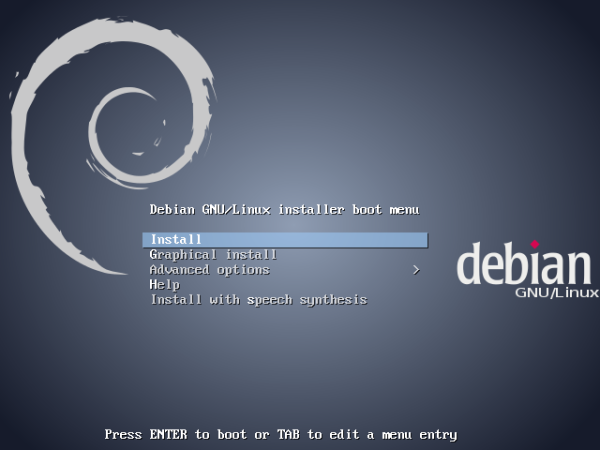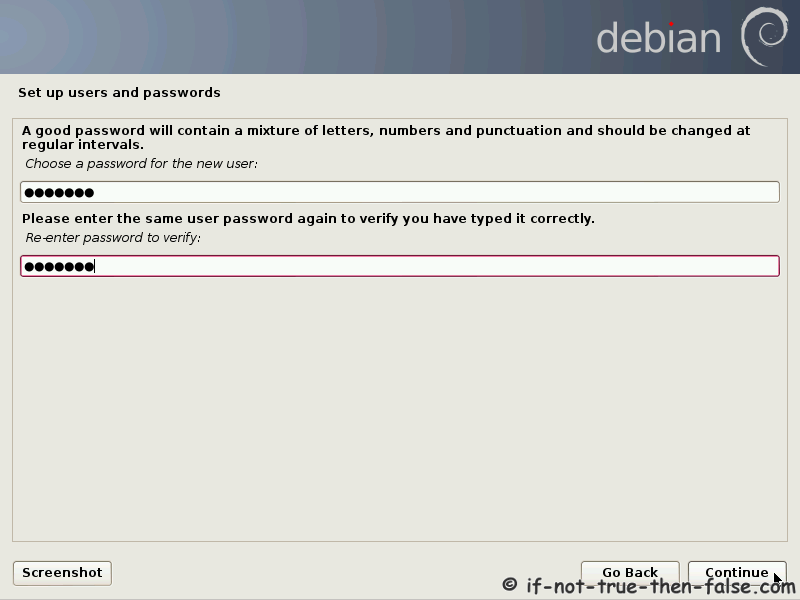Install Samba 4 On Debian Wheezy Manual

If you already have an Active Directory Domain Controller in place, diligently servicing all your needs and making itself indispensable, hopefully you’ve chosen Linux and Samba 4 to fulfill this. If you haven’t used this free and open version of Active Directory and the domain controller, perhaps you’d like to?
Today, the Debian Team has announced the first update of the latest stable distribution Debian 7 Wheezy.In this update we can find some security corrections and few more adjustments for other big problems. Security advisories were already published separately and are referenced where available. Install Samba 4 Debian Squeeze Update. Samba Standalone Server Installation on Debian 9 (Stretch)This tutorial explains the installation of a Samba fileserver on Debian 9 (Stretch) and how to configure it to share files over the SMB protocol as well as how to add users. This manual is written for all who want to gain a deeper.
For the latest and greatest Samba 4 version that you compile yourself, you can follow (and possibly Ubuntu). Remember, too, that Debian backports now has a much more recent version of Samba 4 in its archives, and it seems to be working great right now. But suppose you have that beast in place, and you want to add, say, a network file server — some storage that can be accessed by all domain users and whose rights and permissions are determined by your Active Directory domain controller. It’s easy to just create a share on your Samba 4 Active Directory Domain Controller, and serve that out, with all the permission “goodness”. But maybe you don’t have tons of storage in that box, or in that VM, and you don’t want to, either. Or, you could find some filthy user’s computer in the domain that has a lot of hard drive space in an array, and map it out to the others. (I mean lovely user – it’s a joke!#$@!).

But we know that’s a terribly unsettling idea. Download lagu sheila on 7 yang semoga cepat lupakan aku. So why not build out or spin up a new Samba 4 server that’s pretty much dedicated to housing user data, whether that’s shared between the masses for apps or data, or just for daily backups. I’ll tell you why. Because you’re frightened. How can you get one Samba server to listen to another Samba server and believe all its tales about the users and their permissions? How will the UIDs and GIDs match up for filesystem stuff? Sure, you know it’s possible.
Silabus matematika k13 kelas 4. You’ve looked around. You’ve seen all kinds of insanity for linking Samba 3 into Windows AD/DC, mapping local users and huge cut-‘n-paste swaths of wild configuration blocks.
But if you go Samba 4 again, will you find any documentation that is currently to the point where Samba 4 development is? Or to the way that Debian has mutated it? The answer is yes! All over the place, including the Samba site itself, and it’s all whacko and incomplete, if all you want to do is create a simple file server – you just want a simple Samba 4 file server that is a domain member file server. You don’t care if users can ever log into the Linux box. You just want them to have access to Windows file shares served with Windows users permissions and rights honored.